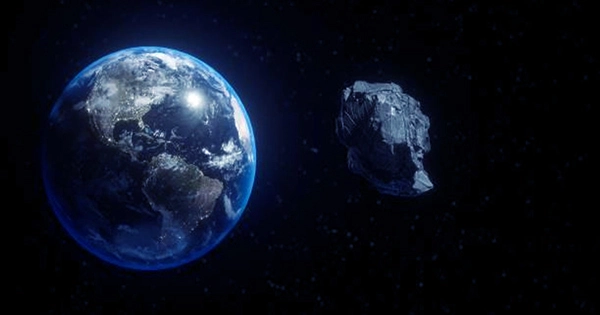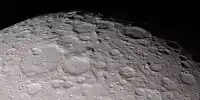A second known Earth Trojan asteroid has been discovered, according to astronomers. The space rock, dubbed 2020 XL5, is around 60 degrees ahead of our planet in its orbit, in one of the gravitational sweet spots in the Earth-Sun system. Because it is in the same stable orbit as Earth, it is an excellent candidate for future flyby missions, which we will be able to do for at least the next 4,000 years, according to astronomers. Asteroids that occupy a stable Lagrangian point in a planet’s orbit around the Sun are known as “Trojan asteroids.”
The originals and most renowned are Jupiter’s Trojans (about 9,800 known so far), but there are also Mars trojans (nine), Neptune trojans (28), and Uranus trojans (nine) (two). In the journal Nature Communications, Earth’s second-ever Trojan has been described. The asteroid was discovered in December 2020 by the Pan-STARRS1 survey telescope in Hawai’i. After 2010 TK7, which was detected in 2010, astronomers have data to imply that this could be a second Trojan asteroid. Following up on the observations was critical, but difficult, considering how close the object appeared to be to the Sun in the sky.

The 4.3-meter Lowell Discovery Telescope, the 4.1-meter SOAR (Southern Astrophysical Research) Telescope on Chile’s Cerro Pachón, and the European Space Agency’s 1-meter Optical Ground Station in Tenerife, Canary Islands, were also instrumental in this. They were able to observe this very dim celestial objects by pointing quite low on the horizon just before sunrise. This was merged with data from the past. Asteroids can be seen before they are recognized as objects of interest, because to the size of many surveys. Finally, everything came together to create a fascinating picture.
“With this data in hand, we were able to improve our understanding of the asteroid’s orbit, and then we were able to confirm that this had to be the second Earth trojan object,” lead author Toni Santana-Ros of the University of Alicante and the University of Barcelona’s Institute of Cosmos Sciences told IFLScience. “We also took some measurements of the object’s brightness so that we could figure out how big it was.” It is estimated to be more than a kilometer in length.” 2020 XL5 is roughly three times the size of the first Earth Trojan, measuring around 1.2 kilometers (0.73 miles) in diameter. Both trojans are at Lagrangian point 4, often known as L4, which is one of the five unusual equilibrium locations.
The planet L1 is situated halfway between the Earth and the Sun. The JWST is currently based at L2 and operates from there. On the Earth’s orbital plane, L3 is on the opposite side of the Sun. L4 and L5 are in charge of leading and following our planet, respectively. Although there is certainly an observational bias given how difficult it is to study regions like L4 and L5, Earth’s trojans are rare compared to the vast population that a planet like Jupiter has, Santana-Ros explains that there is certainly an observational bias given how difficult it is to study regions like L4 and L5. And not simply from the surface of the planet. On its route to Bennu, NASA’s OSIRIS-REx passed by and saw no trojans.
Even if spotting them isn’t a problem, there’s a problem with stability. Objects that find their way into L4 or L5 may not be there for long. According to the experts, 2020 XL5 will be a Trojan for at least the next 4,000 years, but its fate is uncertain. “Jupiter is a massive thing, a colossus who has cleaned up a lot of its surroundings. There are no other competitors in the area. As a result, it aggregates a large number of items around its stability points, L4 and L5, making it difficult for them to escape,” Santana-Ros told IFLScience.
“In the case of Earth, we are much closer to the Sun, and you also have Venus [which is nearly the same mass as Earth], Mars, and even the Moon,” he continued. “That means these points aren’t as stable as they would be on Jupiter.” Due to some disruption, it is simpler for an object in these points to escape.” The Earth’s Trojan population is estimated to be in the hundreds, although researchers are convinced that it is far smaller than 2020 XL5. If anything is equivalent in size, it must be darker, reflect very little sunlight, or be in an extremely difficult orbit to detect.
Given that this is a captive asteroid, probably blasted from the main asteroid belt, and not something that has always been with Earth, Santana-Ros does not believe it deserves a spacecraft mission – at least not yet. More trojans are predicted to be detected as software and observational tactics improve. “Perhaps we’ll find two, three, four, five Earth Trojans at some time, and then it’ll make sense to send a spacecraft there to examine all of them at once,” Santana-Ros told IFLScience. NASA has deployed a similar mission called Lucy to Jupiter’s Trojans to examine seven of the 7,000 big asteroids (over 1 km) that make up the system.















